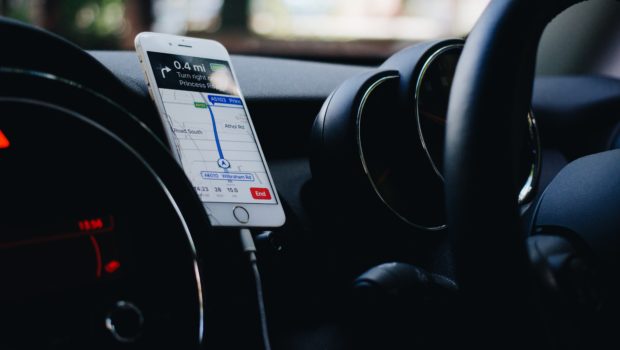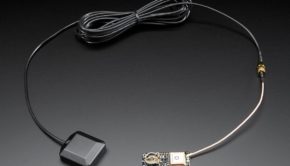How Technology Can Make Traffic Safer?
The first and only goal of any technology is to make human life better, easier, safer, and more enjoyable. As for traffic safety, technologies can help with this matter as well. Here is how.
Safer and Smarter Vehicles
The cars of the modern generation are already smart and safe enough. They have built-in airbags, secure child seats, smartphone integration, predictive maintenance capabilities, a GPS tracking system, and other innovative tools.
At this point, it is still too early to talk about self-driving cars as they are under development. However, they are expected to be designed with the best possible approach to security. That is, thanks to sensors and powerful data analysis capabilities, a self-driving car will only be able to make rational, thoughtful, and correct decisions for its own safety and the safety of other road users.
Driver Behavior Monitoring Systems
These solutions have already been implemented in the fleets of many logistics and transport companies. The bottom line is that the behavior of each driver is monitored using a special system, and thus the company’s management gets the opportunity to influence employees who violate traffic rules.
This is definitely a must-have solution for any business that deals with the transportation of goods and people since the responsibility of drivers on the road is personal and collective at the same time.
Smart Lights
Smart traffic lights have long been implemented in large cities, such as San Francisco, which pioneered the development of smart technologies for urban infrastructure. The principle of their work is extremely simple. By analyzing the current situation on the road using sensors, they automatically adjust the timing of the red and green signals to optimize traffic as much as possible.
In practice, this means significant savings in time and fuel for drivers, plus optimization of road congestion at every step of the route.
Traffic Violation Detection
These technologies have long been installed in large cities, however, in many countries, the system for monitoring traffic violations is lame. That is, even if the cameras recorded the violation, the driver does not always receive a notification demanding to pay a fine. In many cities, cameras on the roads are hung just for show and work more as a deterrent to which almost no one pays attention.
Of course, this problem should be solved at the level of the state and local self-government bodies. A smart system for detecting car violations, generating protocols, and sending them to violators could significantly reduce the number of minor but daily violations.
Automatic Crash Notification
As you can see, technologies are promising enough to make road traffic safety for drivers and pedestrians. However, unfortunately, there is no way yet to reduce traffic incidents to zero. Therefore, when a traffic accident happens, the prompt response becomes the highest priority. In severe accidents, a few minutes can be the difference between life and death.
Therefore, the next-generation vehicles will be equipped with emergency response and notification systems. That is, in the event of an accident, a smart system built into the car will be able to send a signal to the police and medical assistance and thus give the driver and passenger more chances to survive.
Emergency Vehicle Detection
Continuing the conversation about ambulance and other rescue services on the road, it is worth remembering that in all civilized countries these cars have priority and privileged rights. However, in cities with a surplus of traffic, sometimes it becomes impossible to clear the path.
In order to solve this problem, engineers are working to create a smart traffic system that will be directly connected to the infrastructure of the emergency services. The key idea is that as soon as the ambulance starts moving along a certain route, the traffic light system based on sensors and artificial intelligence assesses the current situation on the road, and automatically adjusts the traffic signals so that the ambulance can easily and quickly reach the destination.
Better Pedestrian Safety
Any driver will agree that pedestrians are very insidious people who, in most cases, strive to throw themselves under your wheels. However, according to the legislation of most countries, their life and health are of great value than the ones of the drivers. Thus, when driving, drivers take responsibility for the adequate (as well as non-adequate) behavior of pedestrians.
The safety system for pedestrians and drivers is designed to keep them away from each other. For example, a holographic solution has already been implemented in Hong Kong. This is a projection in the form of a holographic wall that appears on the road at the moment when a red light comes on for a driver and a green light for a pedestrian. Thus, it becomes easier for the driver to react and the risk of hitting a pedestrian is significantly reduced. The only thing remaining is to ask the latter to always cross the road in the right place.
Conclusion
The list of technology opportunities for safety and traffic optimization does not end with those we have listed above. Soon, we will see more innovations, including self-driving cars, robots, drones, and other fantastic solutions on the roads.
Photo by Samuel Foster on Unsplash
















